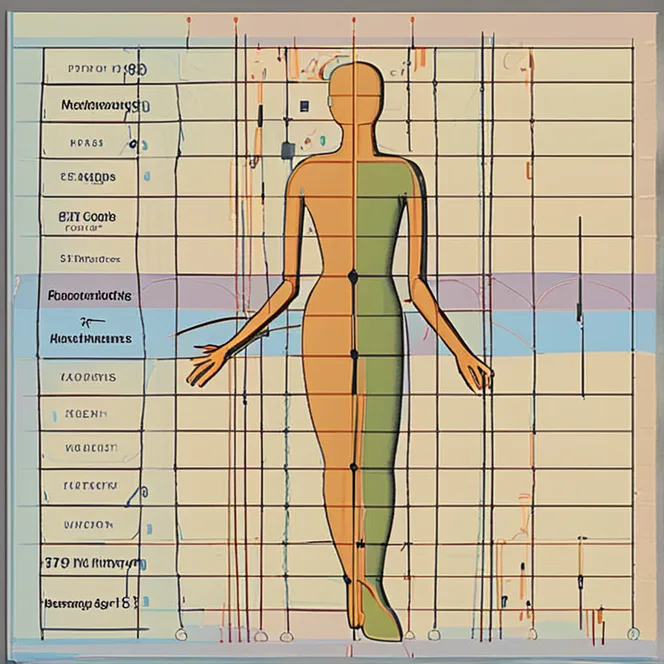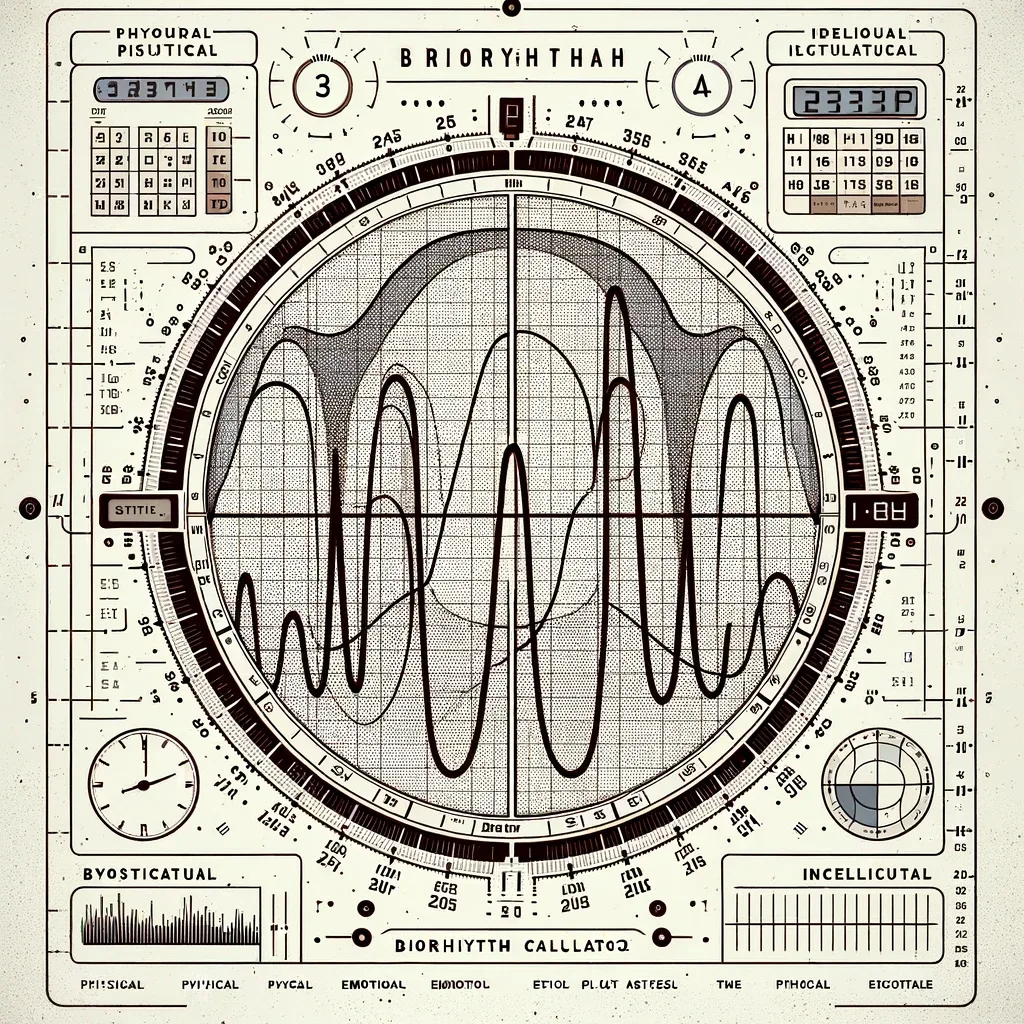
Biorhythms In Humans Explored
Exploring the concept of biorhythms and their influence on human behavior and physical states.
article by Adrian Wallace
The study of biorhythms seeks to predict various aspects of a person's life through rhythmic cycles. These innate cycles are believed to regulate our physical, emotional, and intellectual capabilities. While the concept traces its roots back to ancient Chinese practices, it was not until the 19th century that the term 'biorhythm' was coined. It suggests that from the moment of birth, humans embark on these cyclical patterns that influence our daily lives. Though scientific consensus on their validity remains elusive, the theory of biorhythms continues to intrigue and be explored by those in various holistic and alternative fields.

The Three Primary Cycles
Three fundamental cycles constitute the core of biorhythm theory: the physical, emotional, and intellectual cycles. The physical cycle, lasting 23 days, governs our vitality and health. The emotional cycle, spanning 28 days, is said to influence our mood and creativity. The intellectual cycle, completing its rotation in 33 days, affects our mental acuity and decision-making capabilities. Proponents of biorhythm theory assert that each of these cycles oscillates between high, low, and critical phases, which are thought to affect our efficacy in daily activities correspondingly.

Implications of Biorhythms
Adherents to biorhythm theory utilize it in an attempt to foresee and better prepare for their personal highs and lows. For example, during a high in the physical cycle, athletic performance might be at its peak. Conversely, when the emotional cycle is low, one might expect a dip in emotional resilience. This knowledge could, theoretically, aid individuals in arranging significant activities around their optimal times. Despite the appeal, it's imperative to highlight that numerous scientific studies have not found conclusive evidence to support biorhythms as a predictive tool for individual performance or outcomes.
Calculating Biorhythms
Calculating one's biorhythms typically involves using one's birth date as a starting point and applying mathematical formulas to determine the state of each cycle for a given date. Modern technology has simplified this process, and numerous apps and websites offer personalized biorhythm charts. These charts visually represent the ebb and flow of the cycles, enabling users to interpret their current phase easily. While these calculations are standardized, the interpretation of their impact is highly subjective and varies considerably among individuals.

Biorhythms and Compatibility
Beyond individual analysis, biorhythm compatibility is another intriguing concept. It involves comparing the cycles of two individuals to deduce the potential harmony or discord in their interactions. Relationships, whether romantic, professional, or social, might seemingly benefit from this awareness. Enthusiasts believe that understanding the intersection of biorhythmic patterns can facilitate better communication and connection between people, although, again, empirical evidence to back up these claims is scant.
Critical Viewpoints on Biorhythms
Criticism of biorhythms is as fervent as the interest they pique. Skeptics point out the lack of scientific backing and reproducible results. They assert that biorhythm theory props itself up on a selection bias and the Barnum effect—where vague and general observations are perceived as highly accurate for any individual. Such critics urge individuals to approach biorhythm-based predictions with a healthy dose of skepticism and emphasize reliance on established scientific knowledge and methodologies for guidance concerning human behavior and physiology.
Published: 12/12/2023
Modified: 12/12/2023
More predictions
Come back here soon to learn more about yourself and your future


The Convergence Of Biorhythms & Astrology
Explore the intriguing world of biorhythm astrology and how it amalgamates personal rhythms with astrological insights for life guidance.


Exploring The Reality Of Biorhythms
Unveil the science and skepticism behind biorhythms as we explore their validity and impact on human life.


Is Biorhythm A Real Phenomenon?
Explore the validity of biorhythms as we delve into scientific scrutiny and cultural beliefs regarding our biological cycles and their supposed impact on our daily lives.